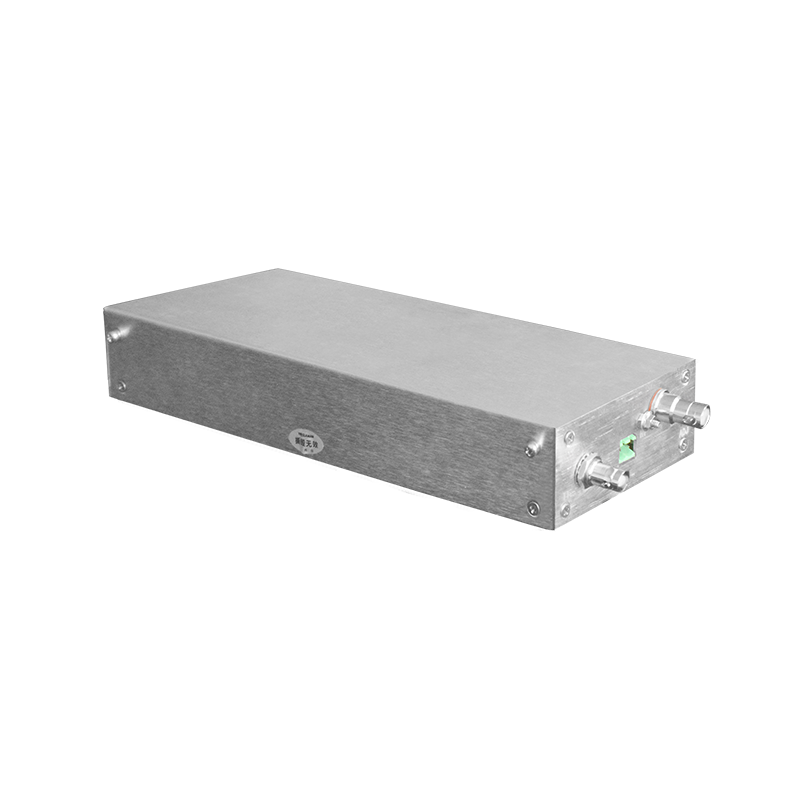High-Voltage Power Supplies Resolve the Shape Stability Challenge for 3D Printers
3D printing technology is changing the manufacturing landscape, but the issue of stability in the printing and shaping process has been plaguing the development of the industry. Print head clogs, nozzle offsets, etc. can all lead to decline in shaping quality and increased failure rates. High-voltage power supply technology brings new hopes of resolving this dilemma.
The print heads of 3D printers need a stable driving power source to precisely control the nozzle movement and material ejection. By utilizing high-precision high-voltage power supplies to deliver stable voltage to the print heads, fluctuations caused by voltage instability can be effectively reduced, ensuring the nozzles move faithfully along the precise trajectories.
At the same time, the stable DC voltage output from the high-voltage power supplies allows precise control over the heating power of the print nozzles, decreasing clog formation resulting from heat accumulation. The closed-loop controlled high-voltage supplies can also monitor and adjust the supply parameters for the print heads in real time, providing both stable output and protection.
For stereolithography printing, high-voltage supplies offer stable and controllable energy to the light source system, which is beneficial for precise control over the curing process. This avoids shaping defects caused by inadequate curing and increases print success rates.
Applying high-voltage pulsed power supplies for localized electric arc cleaning of 3D print nozzles can rapidly ablate and remove clogs, serving as an effective means of maintaining normal operation of the print heads.
In summary, high-voltage power supply technology provides 3D printers with a stable, high-precision power source, enabling more precise control over print head movement and material ejection, thus significantly enhancing the stability and success rate of prints. This will facilitate the advancement of 3D printing technology towards manufacturing applications for more complex components.




















